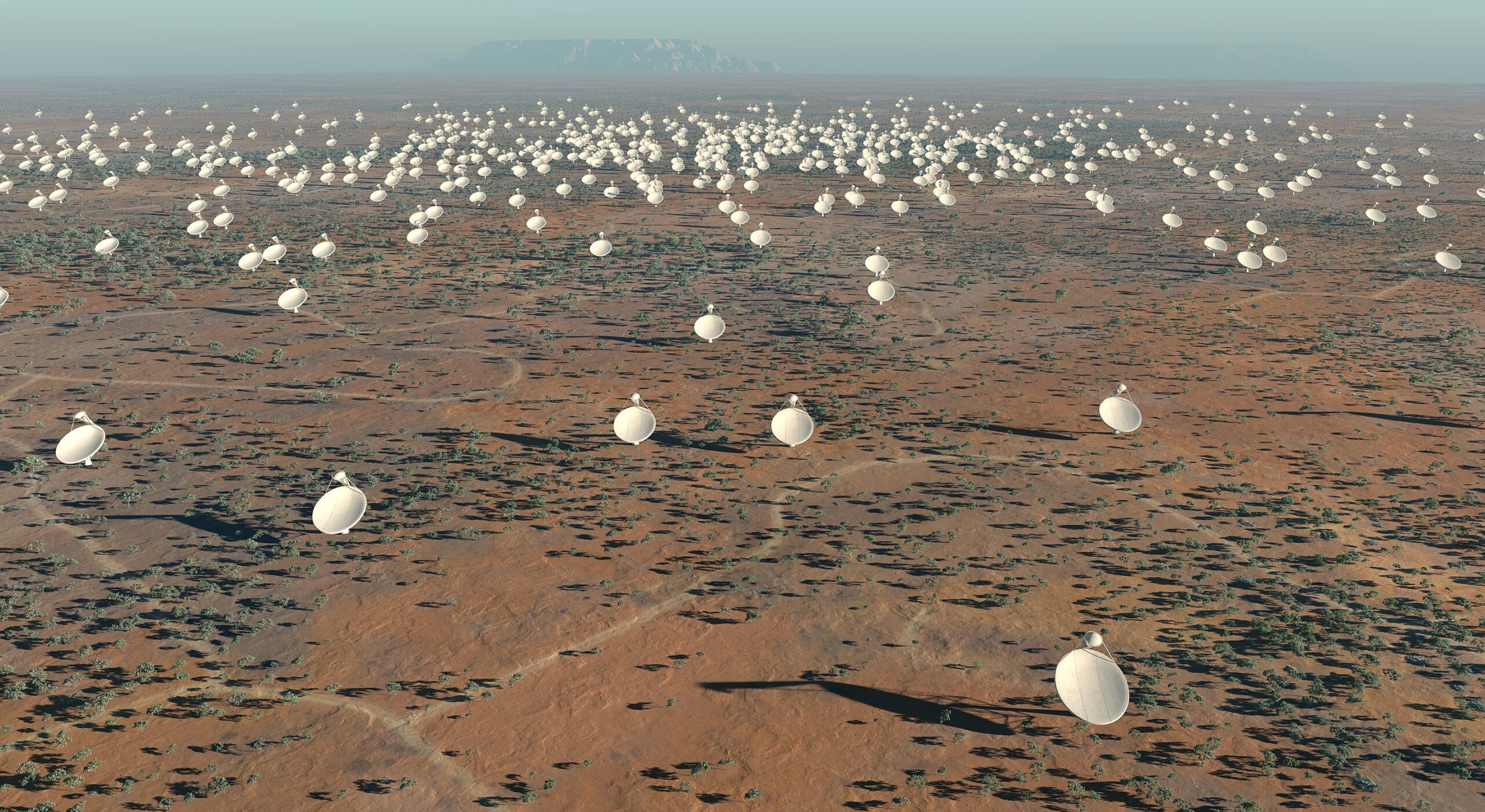Although their footprint is small compared to other industries, astronomers acknowledge their carbon footprint following an industry-wide analysis and the UN IPCC assessment.
While most of us are thinking about the large-scale ecological impacts of the global shipping network, coal-powered power plants, or the agricultural sector, astronomers are considering their own industry’s impact on global CO2 emissions. A recent study in Nature Astronomy revealed the carbon footprint of astronomical research as a whole, the first time an industry-wide estimate has been made. The study is also the first to consider the impact using a more accurate “carbon cost” analysis. The study authors explain their motivation came from a call from the UN.
“As stated by António Guterres, United Nations Secretary-General, the IPCC Sixth Assessment Report is a “code red for humanity.” Taking up this code-red alert, there is growing recognition in the astrophysics community that it must assume its share of the global effort to reduce greenhouse gasses.”
Astronomers are starting to do their part in what all industries must do: assess their carbon emissions and find a sustainable path forward. In most industries, certain sectors have already assessed certain impacts; for astronomy, this includes power used for supercomputing, and jet and rocket fuel use (including space tourism). With the code-red alert, a shift in thinking must be made globally: every industry must make industry-wide transitions to sustainable practices and to greatly reduce emissions. This will require tremendous innovation, as crises often do.
Travis Rector, a professor of physics and astronomy at the University of Alaska, Anchorage, speaking for all astronomers, says “we want to be part of the solution. We’re trying to use this as an opportunity to find ways that we can do our profession better and still advance our science.”
The new paper’s lead author, Jürgen Knödlseder, is a bit pessimistic about the future of astronomy based on current standards. “There is this general trend that these infrastructures are becoming bigger and bigger,” Knödlseder said. “So you can just imagine that things won’t get better,” says Knödlseder. Others are realistic, but more hopeful, like Adriaan Schutte, program manager of the world’s largest radio observatory, the Square Kilometer Array. This observatory’s operational “industrial-scale” energy use ended up 3-times less than their initial estimate. The team there holds sustainability as a foundational value and asserts “the aim is to build and operate a sustainable observatory, and work to minimize negative environmental and other impacts of the construction and operation of the telescopes over their entire lifetime.” They have a whole page dedicated to sustainability!

The ecological impact of astronomy seems to be gaining attention from some top-players in astronomical research. As some of the world’s largest telescope projects become more sustainable and as awareness grows within the community, astronomers show they are doing their part in addressing the climate impact of their industry.
Sources:
Astronomers Tally the Growing Carbon Footprint of Space Science
How the billionaire space race could be one giant leap for pollution

